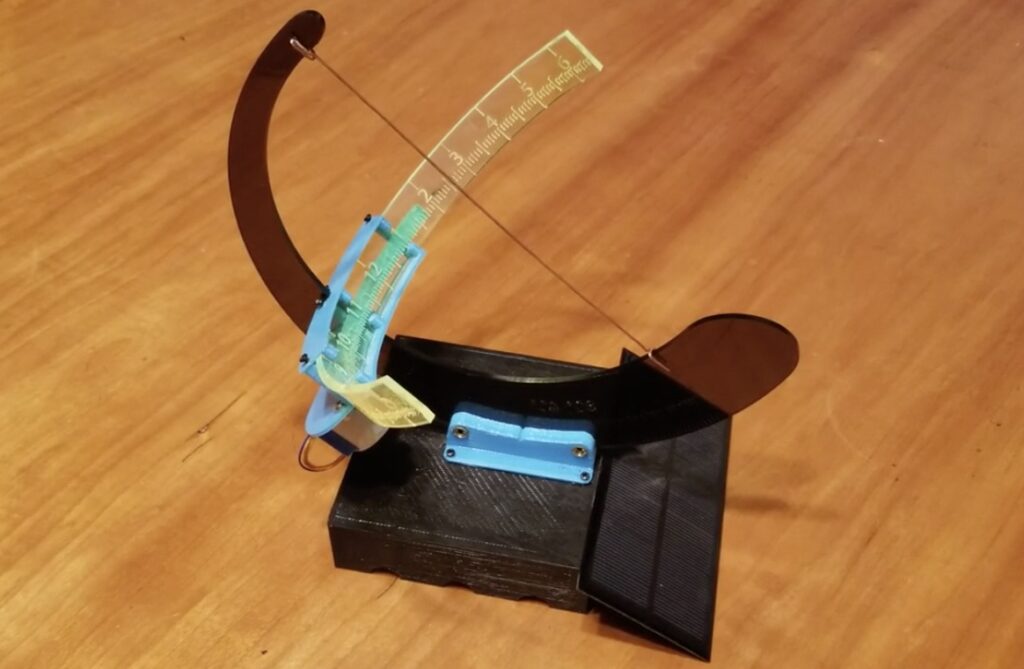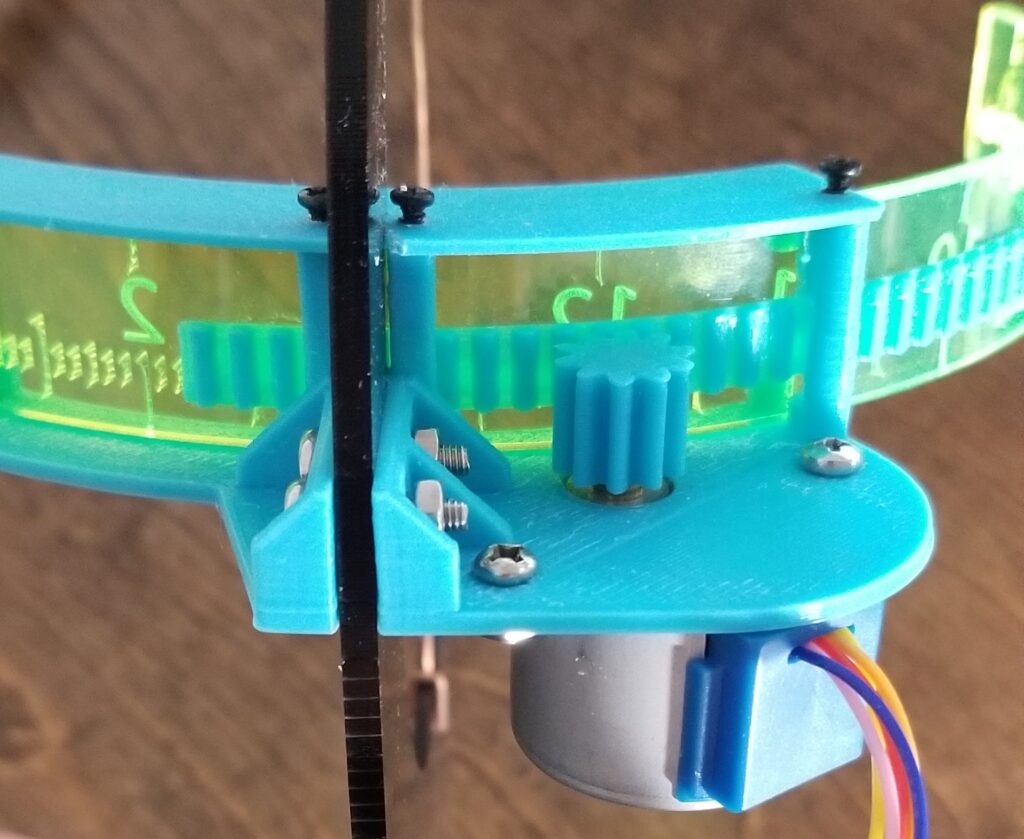
Some sundials are as simple as a stick pushed into the dirt, but they’re still reliable and accurate. The sun is, after all, quite consistent. But there are some caveats. The Earth’s orbit and its rotational tilt mean that the lengths of our days are variable and that means the simplest sundials are only perfectly accurate once a year. To compensate for those factors, Redditor Onemywaybackhome built this sundial that is capable of self-correction.
This sundial automatically compensates for the difference between solar noon (the time at which the sun is at its highest point) and civil noon (the time when the local clock is at 1200). Solar noon is dependent on the exact location on the planet’s surface. This sundial stays in a fixed location, so that variable in the solar noon calculation is known. The other important variable is the date. With the location and date, this sundial knows how to adjust itself so that it reads noon at the same time as a local clock.

The device uses a real-time clock (RTC) to keep track of the date, which is ironic, because it knows the time. An Arduino Nano board uses the data from the RTC in its adjustment calculation. It adjusts the dial using a small 28BYJ-48 stepper motor. Power comes from a battery and a solar panel keeps that battery charged. The sundial’s frame and enclosure are a combination of laser-cut and 3D-printed parts.
The post This sundial adjusts itself to compensate for daylight savings time and more appeared first on Arduino Blog.
No comments:
Post a Comment